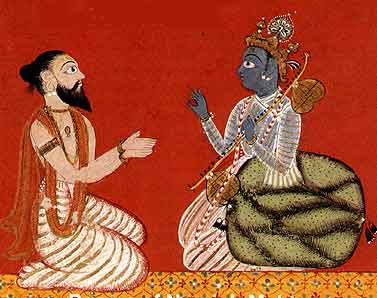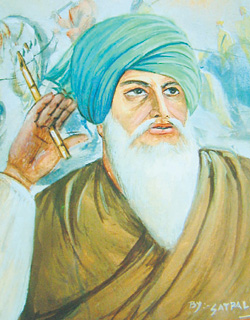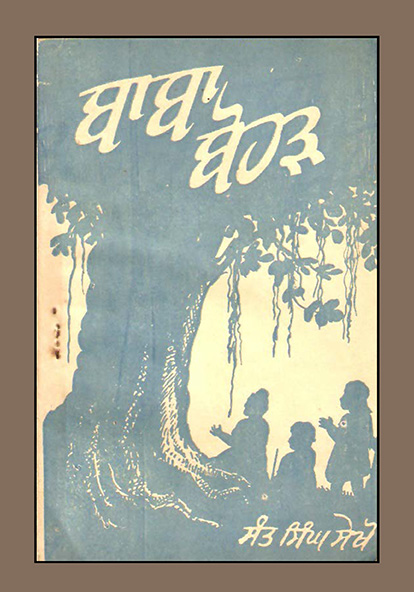Darshan Singh \'Awara\', (1906-1982)started writing verse under the impulse of the struggle for freedom in the early twenties. The tone and diction of these poems were nationalist revolutionary and they were first published in a volume named Bijii di Tarak (The Lap of Lightning). It was confiscated by the British Government. A second volume was published many years later in 1940 under the title Bhaghawat (Rebellion), followed in 1941 by Main Baghi Han (I am a Rebel).









